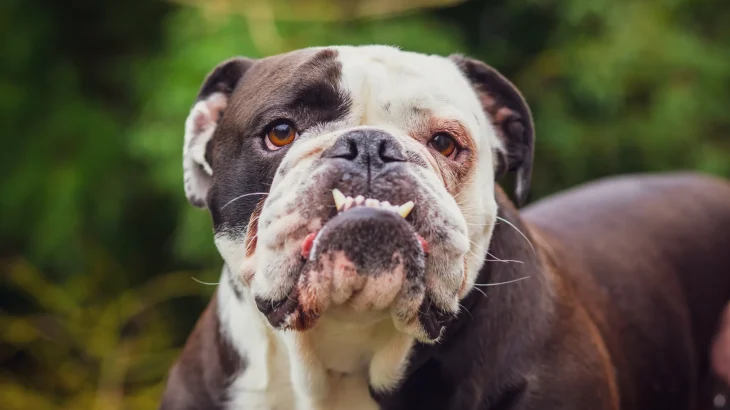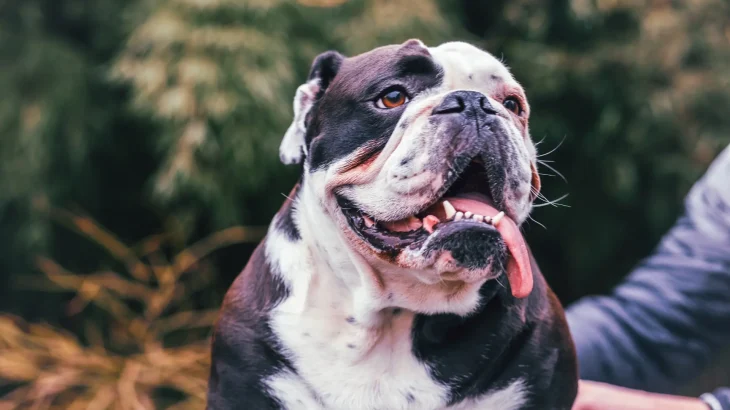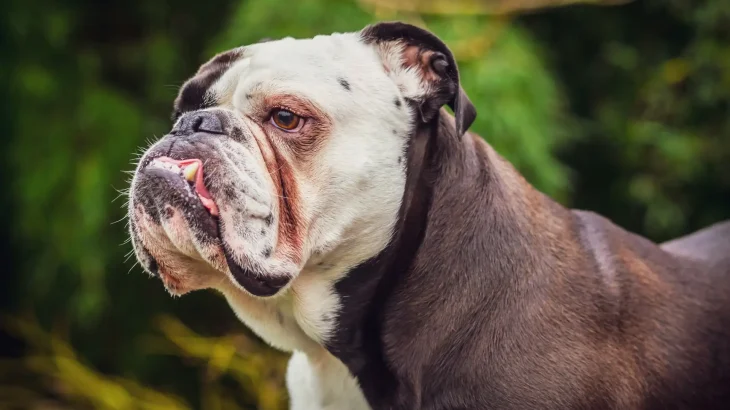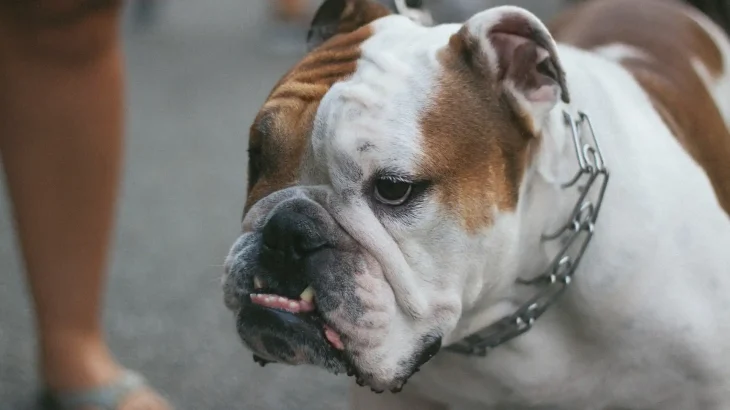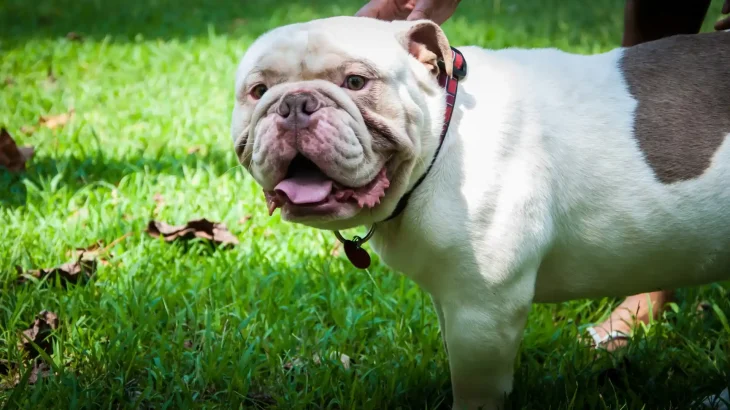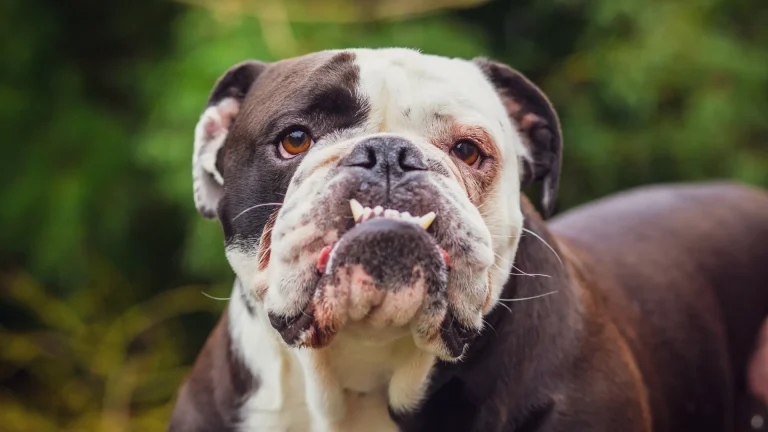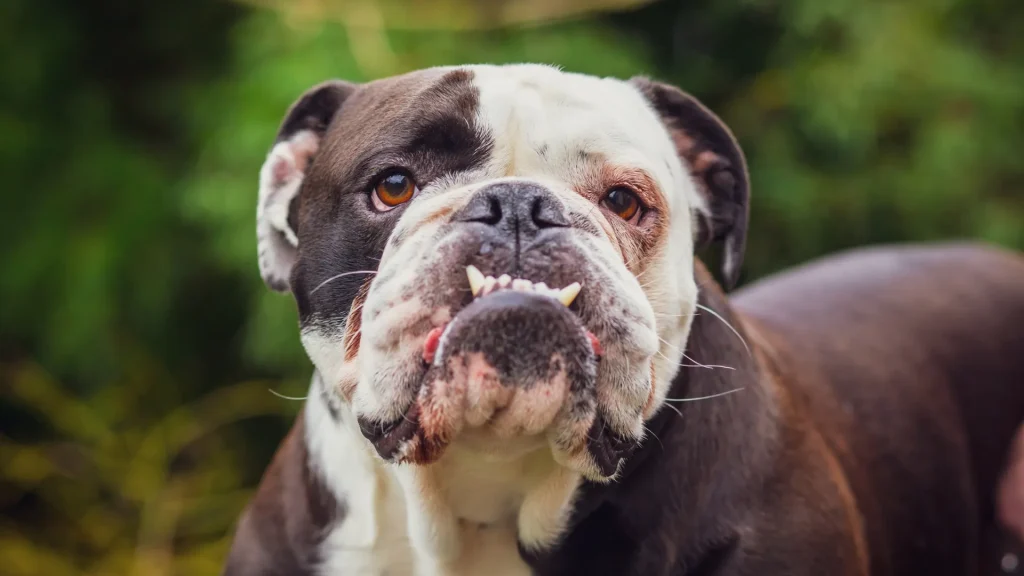Deciding between adopting or purchasing an Olde Victorian Bulldogge puppy depends on your priorities regarding health transparency, cost, and supporting ethical practices. Buying from a responsible breeder typically guarantees detailed health histories and pedigree, while adoption offers the chance to give a home to a dog in need, often at a lower cost.
Adoption vs. Breeder: Pros & Cons
| Criteria | Buying from Breeder | Adopting from Shelter/Rescue |
|---|---|---|
| Cost | Higher upfront cost reflecting pedigree and breeder expenses. | Lower adoption fees, often including initial vaccinations and spay/neuter. |
| Health History | Comprehensive health records and genetic screening usually available. | Health history may be incomplete or unknown; basic health checks typically done. |
| Age Availability | Mostly puppies, allowing you to raise them from a young age. | Range of ages including puppies, adults, or seniors may be available. |
| Temperament Insight | Breeders often provide insight into lineage temperament traits. | Temperament observations available based on shelter staff experience, but full background unknown. |
| Supporting Practices | Supports selective breeding programs when choosing ethical breeders. | Supports animal welfare by rescuing dogs needing homes. |
| Ethical Considerations | Requires careful breeder selection to avoid contributing to irresponsible breeding. | Helps reduce homeless dog population and promotes adoption. |

